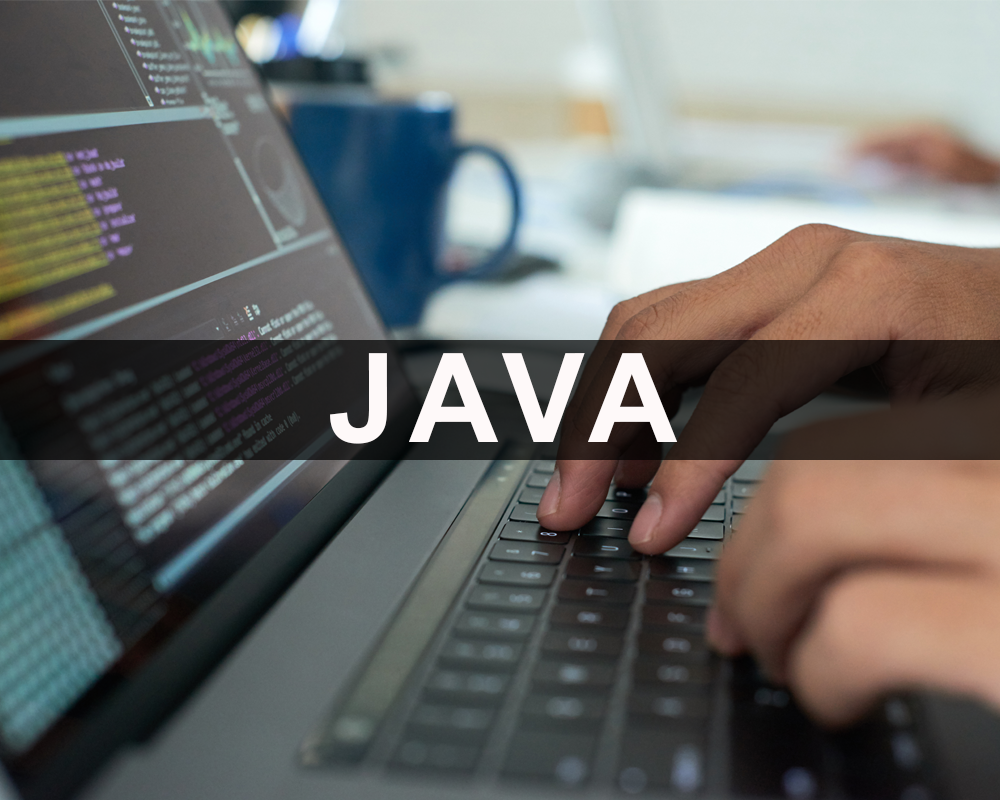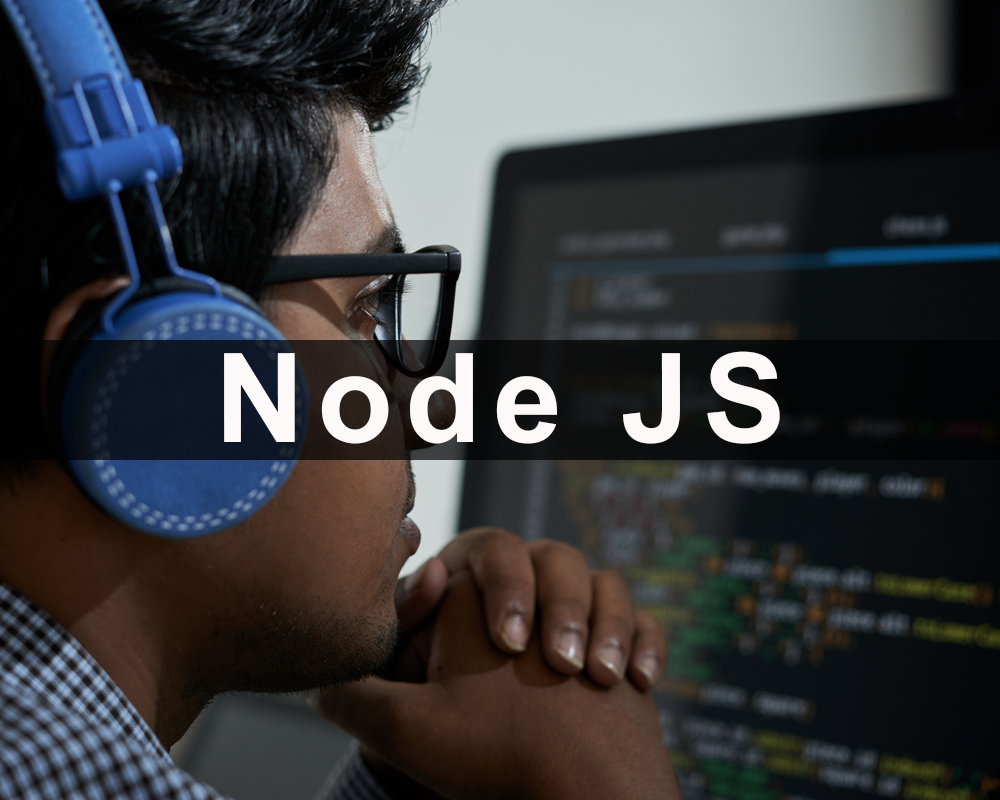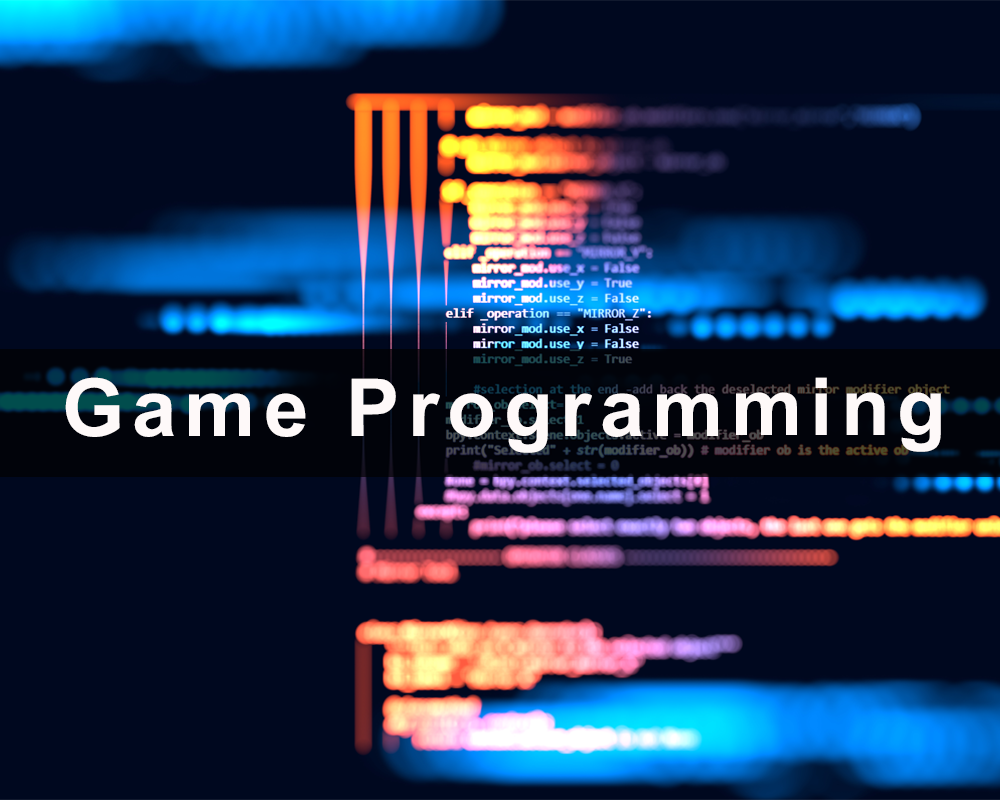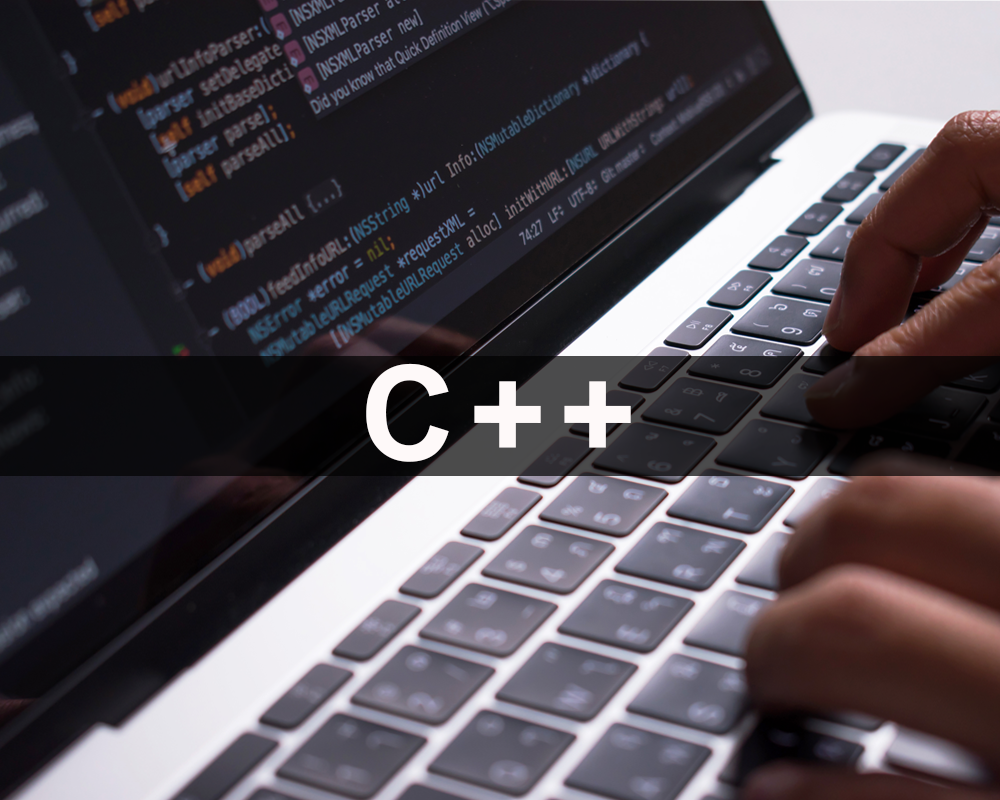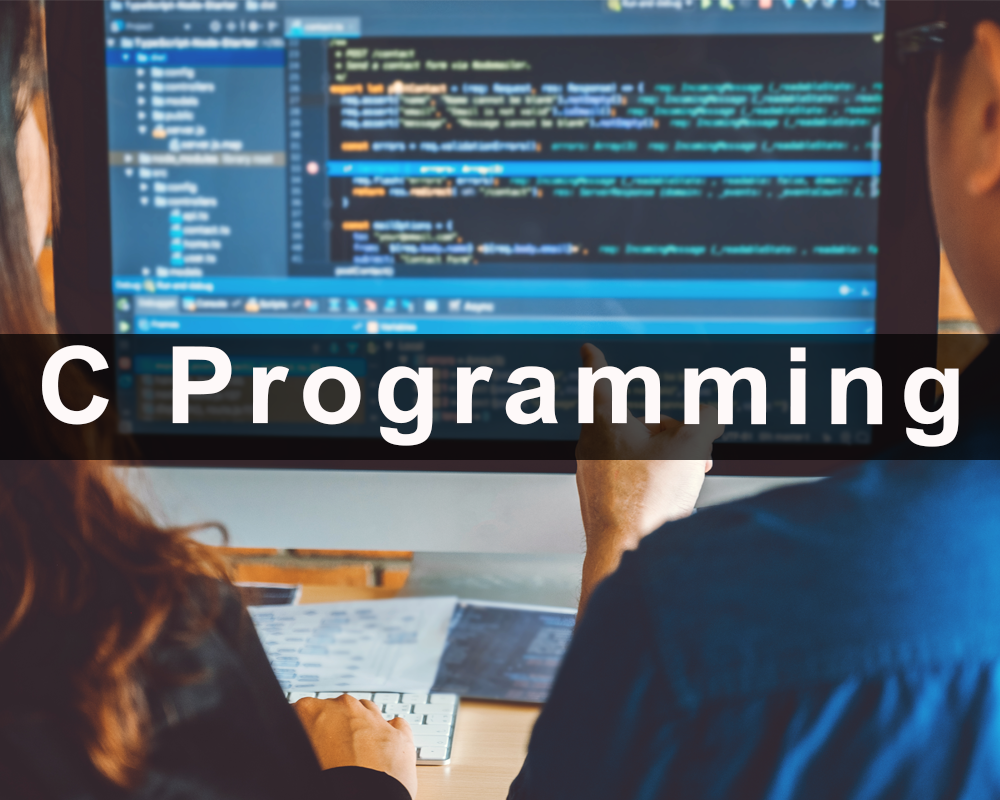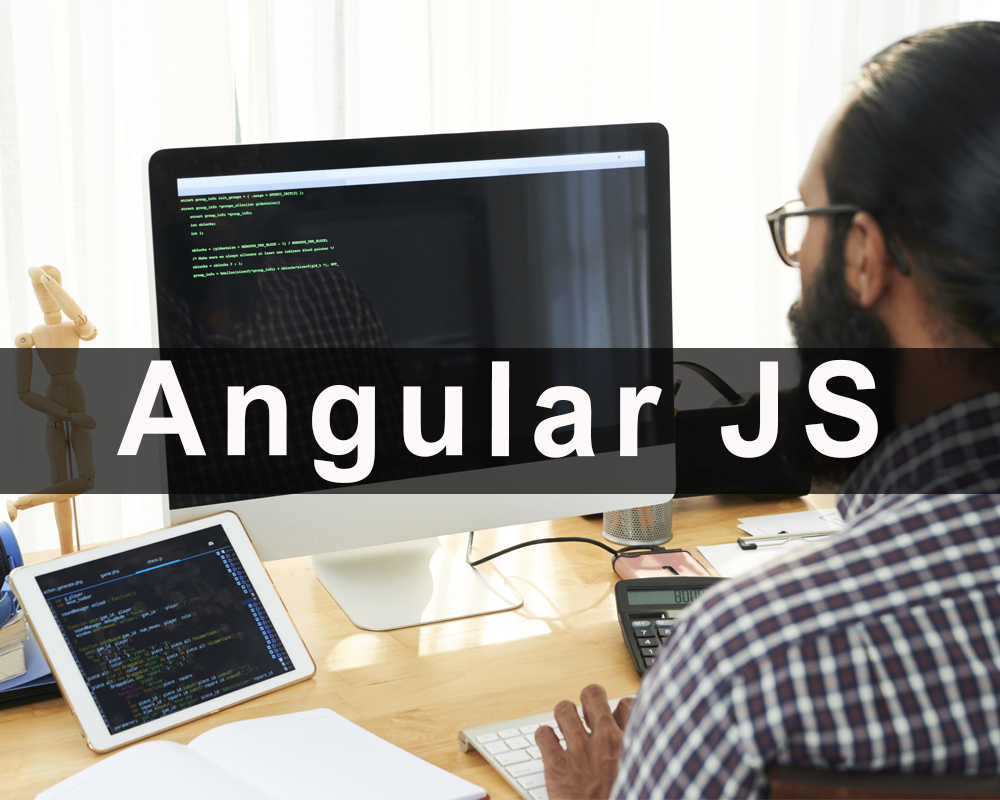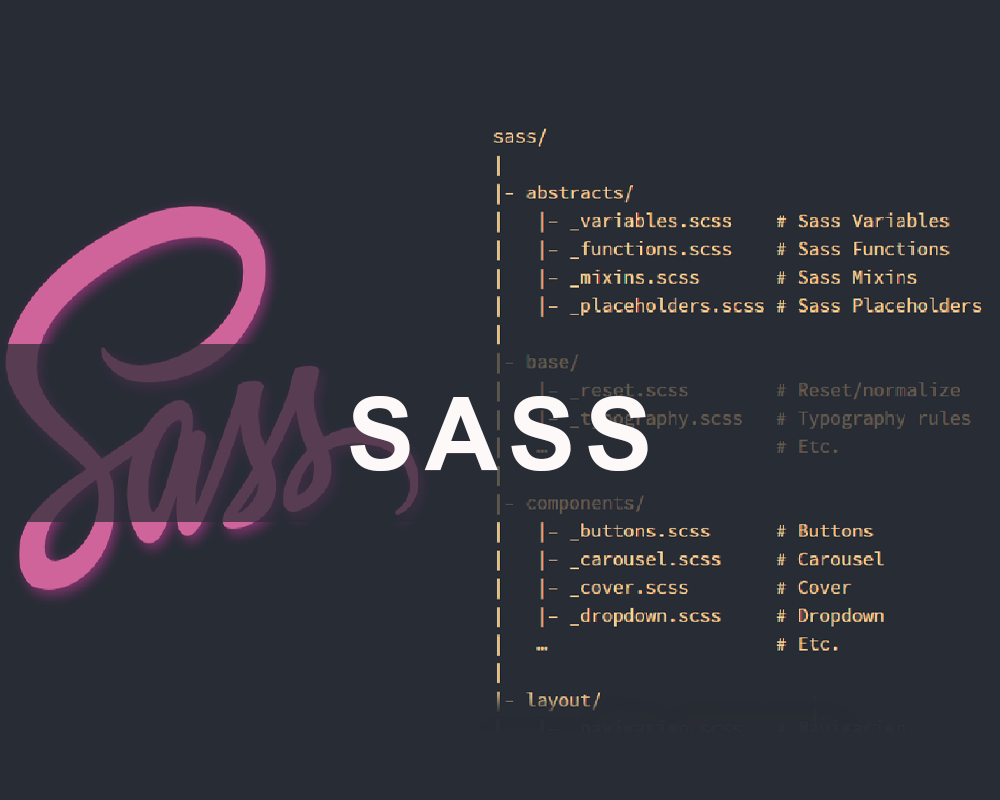Java is the most popular programming language & is the language of choice for Android programming. This course is taught in practical GOAL oriented way. This course is designed to help you master the most in-demand and critical components for becoming a Core Java developer. Especially if you're going for a job interview or have a Java Project that needs your best performance.
Here are the benefits of Java:
o Java is object-oriented.
o It is platform-independent.
o You can effortlessly write, compile, and debug programs compare to other programming languages.
You have a lot of exciting things to start learning and we are excited to be your guides along the way!
Node.js is an open-source, cross-platform, back-end, JavaScript runtime environment that executes JavaScript code outside a web browser. Node.js lets developers use JavaScript to write command line tools and for server-side scripting—running scripts server-side to produce dynamic web page content before the page is sent to the user's web browser. Consequently, Node.js represents a "JavaScript everywhere" paradigm, unifying web-application development around a single programming language, rather than different languages for server- and client-side scripts.
Description
Join the most comprehensive Node.js course and learn Node in both a practical as well as theory-based way!
Node.js is probably THE most popular and modern server-side programming language you can dive into these days!
Node.js developers are in high demand and the language is used for everything from traditional web apps with server-side rendered views over REST APIs all the way up to GraphQL APIs and real-time web services. Not to mention its applications in build workflows for projects of all sizes.
Who can take this course:
o Beginner or advanced web developers who want to dive into backend (server-side) development with NodeJS
o Everyone who's interested in building modern, scalable and high-performing web application
Game programming, a subset of game development, is the software development of video games. Game programming requires substantial skill in software engineering and computer programming in a given language, as well as specialization in one or more of the following areas: simulation, computer graphics, artificial intelligence, physics, audio programming, and input. For massively multiplayer online games (MMOGs), knowledge of additional areas such as network programming and database programming are required. Though often engaged in by professional game programmers, some may program games as a hobby.
Description
If you are serious about becoming a game designer, then you need the most current and complete game design training possible. To succeed in this competitive industry, it is essential to have an expert knowledge of the entire game development pipeline. Whether it's your goal to work for a major game studio, or to develop and publish your own indie games, one thing is clear, you will need to be well trained as both a programmer and an artist.
This course is for:
o All skill levels
o People interested in working in the game design industry
o Please who want to create and publish their own games
C++ Programming is a powerful general-purpose programming language that you can use to do just about anything with a computer. With this course, you'll learn C++ from a pro, going step-by-step from the basics of programming, taught in C++, to advanced concepts like pointers, classes, templates, and more. When you're finished, you'll have a strong grasp of the language and have a solid foundation for AI, graphics, game programming, and general software engineering!
Before you study C++, you should have a basic understanding of:
o Access to a computer running Windows
o Mac OS X or Linux
C++ often seen as a badge of honor among software developers.
C++ is routinely ranked in the top 5 programming languages by popularity, and been consistently in the top 10 for close to 20 years.
This course is for:
o This course is perfect for absolute beginners with no previous coding experience, or anyone wanting to add C++ to their existing skillset.
o Anyone looking to increase career options by learning one the most in-demand programming languages.
C Programming is an imperative procedural language. It was designed to be compiled to provide low-level access to memory and language constructs that map efficiently to machine instructions, all with minimal runtime support. Despite its low-level capabilities, the language was designed to encourage cross-platform programming. A standards-compliant C program written with portability in mind can be compiled for a wide variety of computer platforms and operating systems with few changes to its source code.
Why learn C ?
C is often considered to be the mother of all languages because so many other languages have been based on it.
Though C is simple it is one of the most powerful languages ever created. Considering it was created over 40 years ago, it is still used heavily and is usually in the top 5 or 10 most popular and most widely programming languages in the world.
Learning C can actually
make you a better programming in other languages like C++, Java, or C# by
equipping you with a mental model of what the computer is actually doing
when you run your programs.
By learning how things really work "under the hood", and understand
memory space, CPU architecture and so on, you can create more efficient
programs, and obtain a huge advantage over other programmers in the process.
If you want to become a better developer, learning C is a great way to start!
This course is for:
o Anyone looking to learn how to program in the C language
Python is a popular programming language. It was created by Guido van Rossum, and released in 1991.
It is used for:
o web development (server-side),
o software development,
o mathematics,
o system scripting.
Why Python?
o Python works on different platforms (Windows, Mac, Linux, Raspberry Pi, etc).
o Python has a simple syntax similar to the English language.
o Python has syntax that allows developers to write programs with fewer lines than some other programming languages.
o Python runs on an interpreter system, meaning that code can be executed as soon as it is written. This means that prototyping can be very quick.
o Python can be treated in a procedural way, an object-oriented way or a functional way.
This course is for:
o Anyone interested in Python programming, Python scripting, or computer programming in general.
o Those who want to become a highly paid Python developer.
o Those who want to open up doors in your IT career by learning one of the world's most popular and in-demand programming language: Python.
Enroll now and to learn how to write Python programs like a pro!
Why use JSON?
Since the JSON format is text only, it can easily be sent to and from a server, and used as a data format by any programming language.
JavaScript has a built-in function to convert a string, written in JSON format, into native JavaScript objects:
JSON.parse()
So, if you receive data from a server, in JSON format, you can use it like any other JavaScript object.
Description
Learn JSON - Quick Introduction to JSON Data
There are prerequisites to this course - please ensure you do have the skillset to learn the content presented within the lessons. The design is to explore JSON and how it works. Scope of this course is JSON and content related to the learning objective will only be covered in the lessons of this course. Perfect to get introduced to JSON or as a refresher to anyone already familiar with web coding.
Course will introduce the basics of JSON and how JavaScript objects relate to JSON data.
This course is for:
o Web Designers
o Web Developers
o WebMasters
AngularJS is a JavaScript-based open-source front-end web framework mainly maintained by Google and by a community of individuals and corporations to address many of the challenges encountered in developing single-page applications. It aims to simplify both the development and the testing of such applications by providing a framework for client-side model–view–controller (MVC) and model–view–view model (MVVM) architectures, along with components commonly used in rich Internet applications.
Description:
o AngularJS is a JavaScript framework. It can be added to an HTML page with a <script> tag.
o AngularJS extends HTML attributes with Directives, and binds data to HTML with Expressions.
o This tutorial is specially designed to help you learn AngularJS as quickly and efficiently as possible.
o First, you will learn the basics of AngularJS: directives, expressions, filters, modules, and controllers.
o Then you will learn everything else you need to know about AngularJS:
o Events, DOM, Forms, Input, Validation, Http, and more.
Before you study AngularJS, you should have a basic understanding of:
o HTML
o CSS
o JavaScript
This course is for:
o Web developers and designers looking to learn AngularJS
o Those who have researched AngularJS but still find it hard to understand
o Developers and designers who have used jQuery but are tired of doing everything manually
Sass is a preprocessor scripting language that is interpreted or compiled into Cascading Style Sheets (CSS). Sass Script is the scripting language itself.
A browser does not understand Sass code. Therefore, you will need a Sass pre-processor to convert Sass code into standard CSS.
This process is called transpiling. So, you need to give a transpiler (some kind of program) some Sass code and then get some CSS code back.
Before you continue you should have a basic understanding of the following:
o HTML
o CSS
What is Sass?
o Sass stands for Syntactically Awesome Stylesheet
o Sass is an extension to CSS
o Sass is a CSS pre-processor
o Sass is completely compatible with all versions of CSS
o Sass reduces repetition of CSS and therefore saves time
o Sass was designed by Hampton Catlin and developed by Natalie Weizenbaum in 2006
o Sass is free to download and use
Why Use Sass?
Ø Stylesheets are getting larger, more complex, and harder to maintain. This is where a CSS pre-processor can help.
Ø Sass lets you use features that do not exist in CSS, like variables, nested rules, mixins, imports, inheritance, built-in functions, and other stuff.
This course is for:
o Everyone who has zero experience in SASS
o Everyone who wants to learn the most popular CSS extension
o Everyone who wants to learn how to build modern and beautiful websites using SASS
